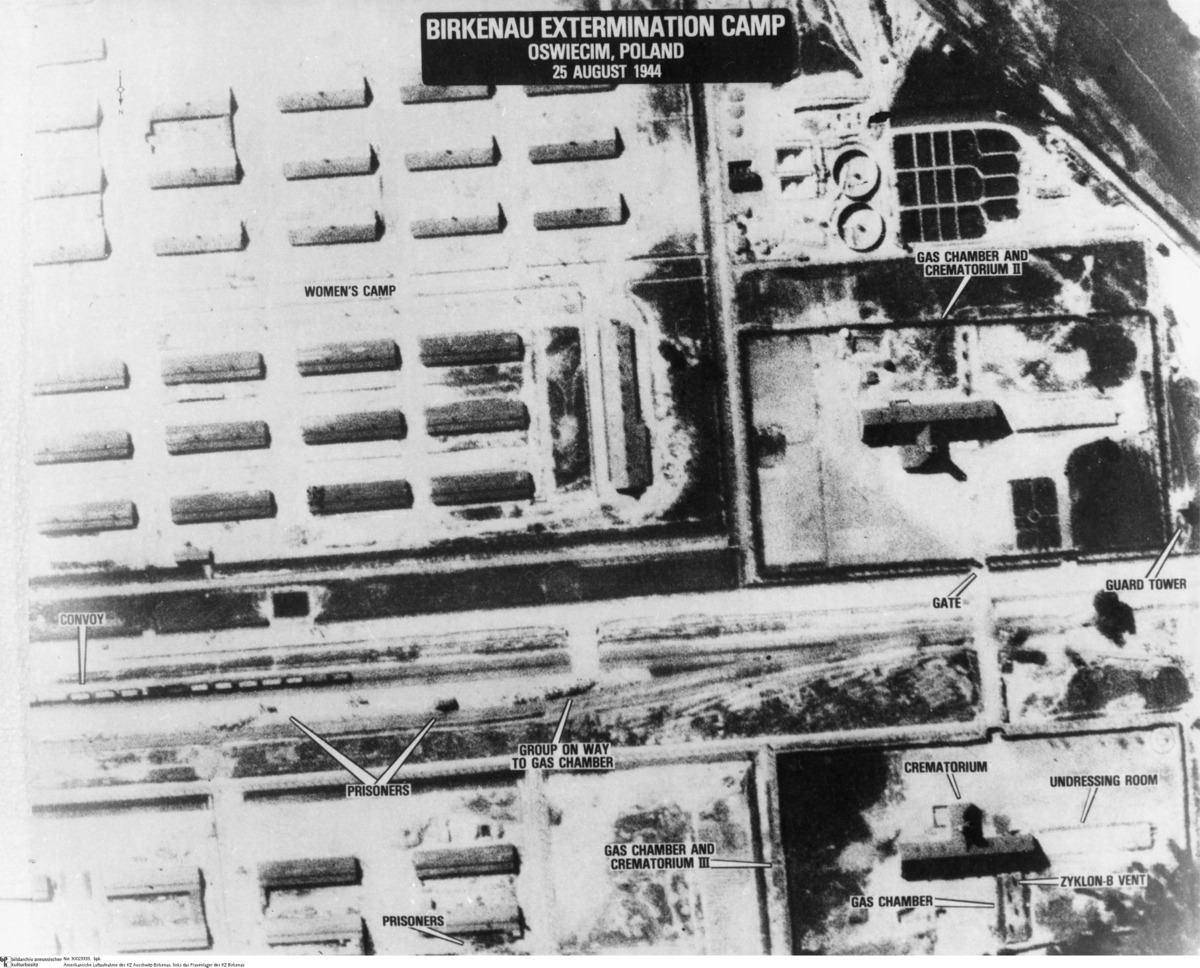Abstract
Auschwitz, which is near the Polish city of Oświęcim, was the Nazi
regime’s largest camp complex. It consisted of three main camps and
about forty secondary camps. The main camp (Auschwitz I) was set up
shortly after the German invasion of Poland as a concentration and labor
camp primarily for political opponents and prisoners of war. Himmler
decided to use Auschwitz for the systematic murder of enemies of the
race as well. The first gassings of Jews took place in a special death
camp, “Auschwitz II-Birkenau.” It is estimated that by the end of 1944
more than a million people had died in its six gas chambers. The
Auschwitz III-Monowitz camp, built in 1942, served especially as a labor
camp for various industrial operations, such as I.G. Farben’s “Buna
Works,” a plant for producing synthetic rubber.
